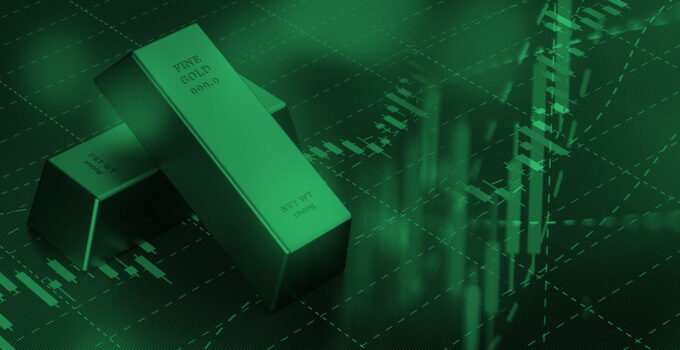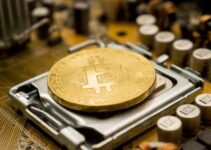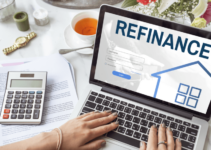The realm of finance and trade, typified by the financial market, is an ever-evolving entity that has witnessed extensive changes since its formation. Offering a plethora of commodities for trading and investment, this global marketplace has seen several goods rise and fall in popularity based on their perceived value and benefits over time. However, one category of product has always remained as a reliable, time-tested, and valuable asset — precious metals.
Across the ages and boundaries, mankind has exhibited a consistent inclination towards trading in metals, particularly those of the “precious” variety, regarding them as a sizeable measure of wealth and economic prosperity.
This write-up delves into the intricate journey of these treasured metals in the realm of the financial market, shedding light on the historical and present-day significance of commodities like gold, silver, and platinum. In addition, it aims to identify and explore the current trends that are shaping the future relevance and performance of precious metals.
Page Contents
An Overview of the Historical Significance of Metals as Reliable Financial Assets
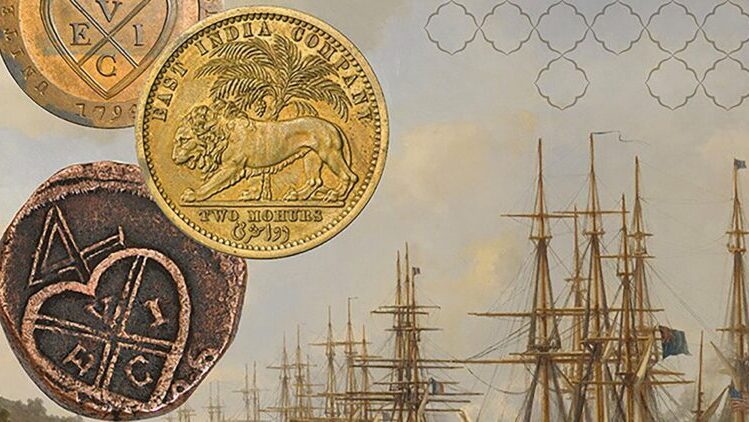
Source: collections.theeastindiacompany.com
Delving into historical accounts and anecdotal evidence, it becomes vivid that precious metals, particularly gold, silver, and platinum, have commanded an iconic status throughout human history. Their substantial worth is attributed to their rarity, often requiring extensive and labour-intensive mining operations, and the exclusivity associated with their possession.
As an acknowledged store of value, these metals encompass a unique combination of traits, including inherent worth, unparalleled toughness, and infinitesimal chances of decay or depreciation. Such attributes make them an ideal medium of trade and interchange, transcending cultural, geographical, and temporal boundaries.
Emergence of the Modern Financial Market: Systemizing Metal Trading
The advent of a modern, sophisticated financial marketing system heralded a paradigm shift in how metals were traded, bringing a structured and organized approach in its stead. This market efficiently combined features of transparency, liquidity, and regulated trading practices, becoming a common platform catering to prospective buyers and sellers worldwide.
In the process, this trading marketplace considerably reduced fraudulent practices, introducing a level playing field for all stakeholders, and enhancing the ease of metals trading.
Exploring the Contemporary Role of Metals in the Financial Market
In today’s fast-paced, complex financial market, metals, specifically precious ones like gold, silver, platinum, etc., are perceived as ‘safe havens.’ The rationale behind this nomenclature is that investors and merchants invariably fall back on these assets during periods of political unrest or economic instability.
This behaviour is because the value of these precious metals does not exhibit a consistent relationship with conventional economic variables such as interest rates, currency strength, or stock market indices. Consequently, these metals serve as an effective hedge against potential losses, thereby justifying their ‘safe’ status.
The Birth of Futures Trading and Its Impact on Metal Trading
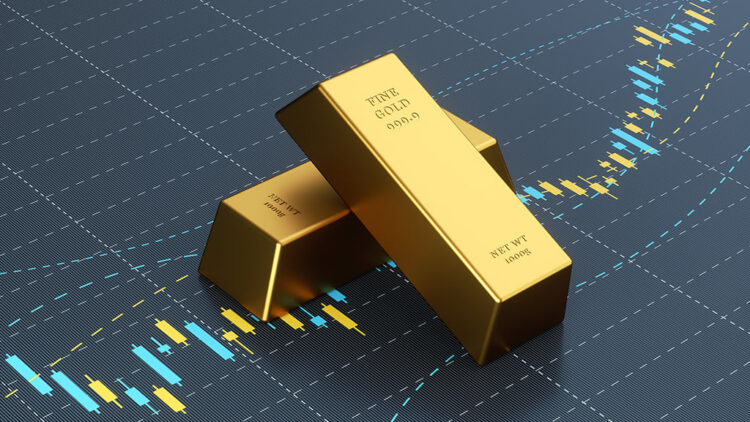
Source: exness.com
In recent years, metal trading has observed a significant change with the introduction of metal futures. Futures trading has revolutionized the traditional format of metal trading by enabling participants to pre-determine, agree upon a set price for a fixed quantity of a metal, and set a future delivery date.
It has introduced an increased level of certainty and security in the otherwise uncertain and dynamic marketplace, paving a way forward for profitable metal trading.
Unravelling the Advantages Associated with Trading in Metals
Trading in precious metals, when explored in the context of contemporary financial markets, presents several compelling advantages. Perhaps the most striking attraction of this avenue of investment is the high-profit potential that it offers.
Coupled with the added benefit of exhibiting lower correlation with other asset classes, precious metals provide an effective means for portfolio diversification. Interestingly, these metals have demonstrated a high degree of resilience to market volatility and economic instability, making them a sustainable investment option for both new and seasoned investors.
The Dawn of Online Trading Platforms and their Role in Metals Trading
A game-changing development in the past couple of decades has been the rise of digital, online trading platforms. Pioneering platforms like TMGM have democratised access to the financial market, effectively breaking down traditional barriers and making market participation possible, convenient, and accessible to everyone with an internet connection.
The resultant ease and convenience of online trading helped amplify the liquidity of precious metals trading, thereby inviting increased participation from international buyers and sellers alike.
Envisaging the Role of Metals in the Future Landscape of the Financial Market
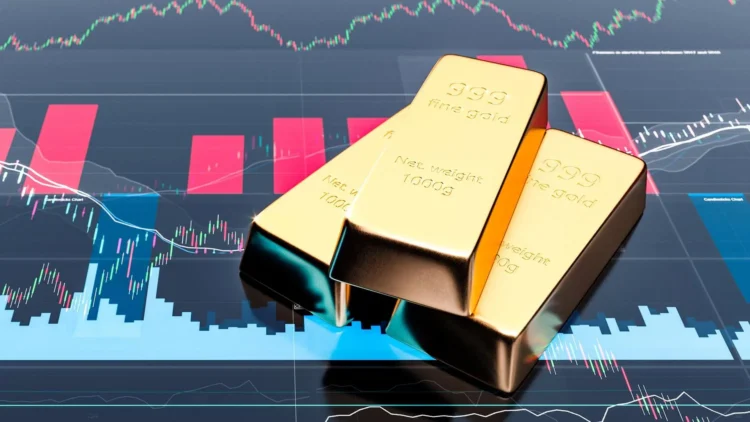
Source: inveslo.com
As technology evolves and exerts an increased influence on the world of finance, the dynamics of the financial market are bound to change. Coupled with evolving economic policies, demographic patterns, and investor preferences, these forces of change will invariably shape the future trajectory of metals in the financial market.
While it is challenging to predict specific outcomes, it is not unreasonable to expect that the pivotal role of precious metals in international finance is likely to persist in the foreseeable future.
Drawing to a Conclusion
Amidst the ongoing changes shaping the landscape of the financial market worldwide, the potency, reliability, and inherent value of precious metals have held constant. There lies an enigmatic stability in the value of these metals, a stability that stays unruptured even when the rest of the economy plunges into bouts of chaos.
As testament to the eternal reverence humanity has for these commodities, precious metals continue to make their mark as a profitable and promising avenue for investment, convincingly justifying their irreplaceable status in the annals of global finance.

